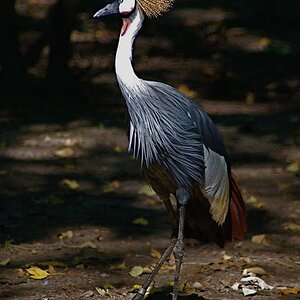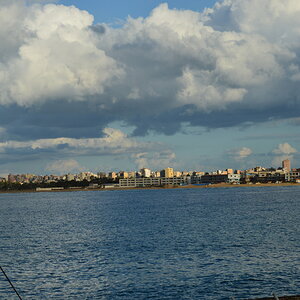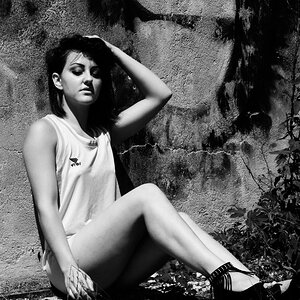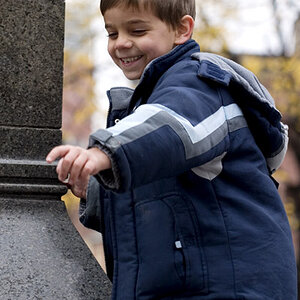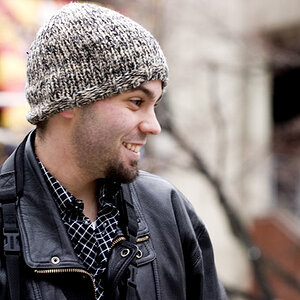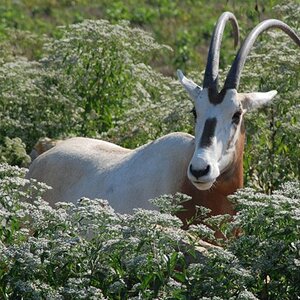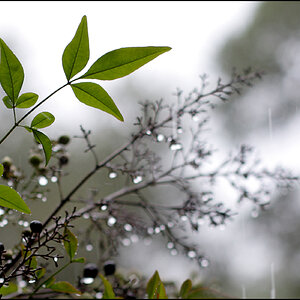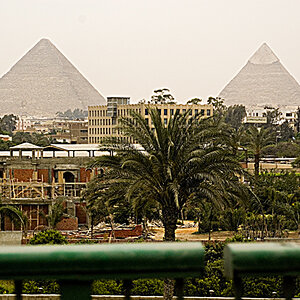mulak
TPF Noob!
- Joined
- Jul 3, 2016
- Messages
- 24
- Reaction score
- 0
- Can others edit my Photos
- Photos OK to edit
Hi
I want to get into photography and I don't know which camera suitable for me.
I want to do landscape, night, candid moments, macro and street/buildings. I would love to eventually in the future to sell fine art prints.
I don't really have a budget but can you suggest a camera in each price range and why?
Thanks
Sent from my SM-N910W8 using Tapatalk
I want to get into photography and I don't know which camera suitable for me.
I want to do landscape, night, candid moments, macro and street/buildings. I would love to eventually in the future to sell fine art prints.
I don't really have a budget but can you suggest a camera in each price range and why?
Thanks
Sent from my SM-N910W8 using Tapatalk


